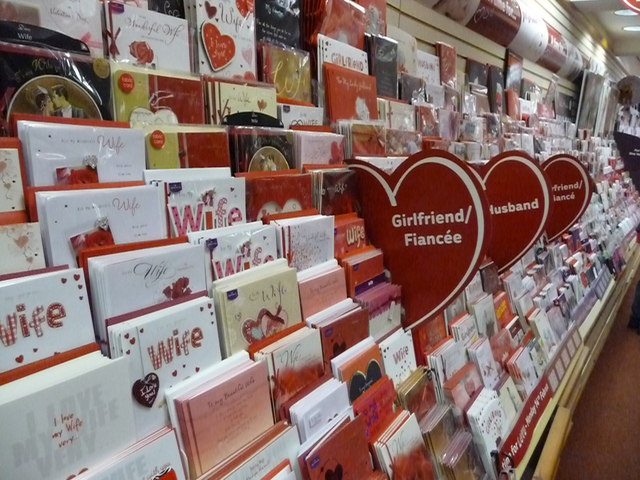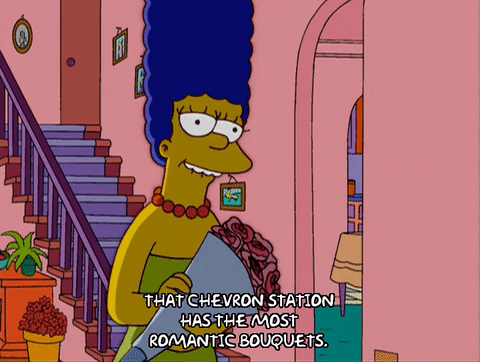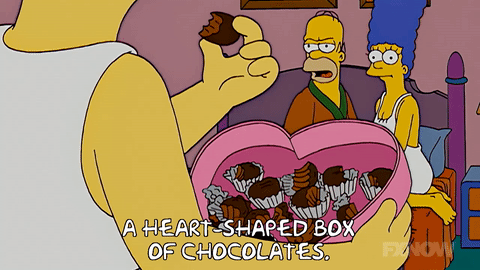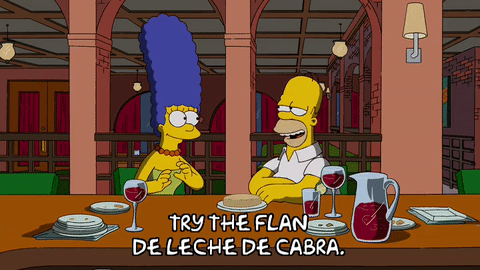
The real costs of Valentine’s Day
There’s countless movies telling us that true love doesn’t care about money - Titanic’s Rose chooses cheeky pauper Jack over her rich, pompous fiancee, and Princess Jasmine falls for care-free street urchin Aladdin. But that goes out the window when Valentine’s hits – £1.6 bn ($2bn) is spent in the UK alone.
So why do we do it? Let’s be honest, a lot of spending on Valentine’s Day basically comes down to the fact that if one person buys a gift and the other one doesn’t, it’s awkward. In other words, the ‘cost’ of not buying anything – the guilt, the regret, the grovelling – might actually be bigger than the financial cost. Even if you’re trying to keep it cheap, there are hidden costs in everything we buy.
The card

Probably be a red one, with hearts on, left anonymous to keep ‘em guessing.
Cost: £0 - £4 ($0-5). Cards are both wallet friendly and meaningful with the right message, making them a Valentine’s winner. You can even print your own Tesco Value card if you’re on a budget.
Wider cost: If you’re testing out your poetry skills and writing a romantic sonnet in the card, that’s going to take up some time –time you could have in theory been earning money. That’s called the 'opportunity cost' – the thing you missed out on when you spend your time, money or any limited resource. There also might be an emotional cost – sending a card and not getting one back is a painful business. And they might not like your sonnet.
Roses

Sure, any kind of flower will do, but if the rom-coms have taught us anything, it’s that nothing says ‘I love you’ like twelve red prickly flowers wrapped in cellophane. Flowers are such a Valentine staple that florists tend to triple their revenue on the big day, and Tesco’s reckons it sells over a million Valentines bouquets every year. Want to make a bigger impact? Just send more roses. Like Kanye West, who sent a thousand to Kim K back in 2014.
Cost: £35-50 ($40-60). The price of roses can increase by 30-50% for Valentine’s – partly because we’re willing to pay more, but also because the costs of production are increased. Demand is so high on one day of the year that growers basically destroy roses in the run-up time in order to produce a bumper crop, meaning they lose out on the sales beforehand. More labor is needed to process those bouquets, so that’s a higher cost in wages.
Wider cost: February just isn’t the time to be growing roses in the UK, and that means they’re imported - mostly from Kenya. In fact, that’s where a third of all cut flowers bought in the UK are grown. Sending anything that far means a lot of fuel - especially flowers which need more energy to be kept fresh for our vases. The real cost of sending the flowers isn’t included in the price of the product, so there’s a gap, called an 'externality', which someone will need to cover.
Chocolate

Romantic and delicious. In the 1800s doctors used to recommend chocolate as a cure for unrequited love - and Cadbury’s jumped at the opportunity of linking chocolate and love, producing the first Valentines chocolate box in response.
Cost: £4-32 ($5-40). Keep it low key with a bar of Galaxy, or go deluxe with an up-market heart shaped box. Again, size is everything.
Wider cost: Most of our favorite confectioners are owned by vast corporations. The "Big Chocolate" companies are Mondelez (formerly Kraft Foods) which owns Cadbury, plus Mars, Nestlé, and The Hershey Company. Companies of that size swing some serious power globally, meaning they have more of a say over how much they pay cocoa farmers. Big employers can offer lower pay as the farmers don’t have many alternative buyers. Organizations like Fairtrade try to tackle this by promoting products which guarantee a fair wage for the farmers and manufacturers.
Dinner

For maximum romance, dinner will be candlelit, with a Barry White playlist. Dessert is a must - preferably something shared and gooey.
Cost: £30-100 ($37-$120) So there’s a huge range here. You can go home-cooked as long as you remember the candles. Or you can splurge at a restaurant, where you’ll be paying about three times as much for the wine alone – but get out of the washing up.
Wider cost: Reaching an agreement on what to eat for dinner can open up a minefield of problems if your tastebuds aren’t aligned. If one of you wants curry and the other wants pizza, you might end up compromising with, say, burritos – a situation in which neither of you are completely happy. But that’s worth it if the cost of the compromise is less than the joy of the company!



